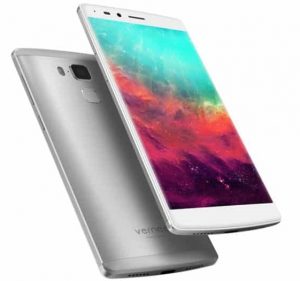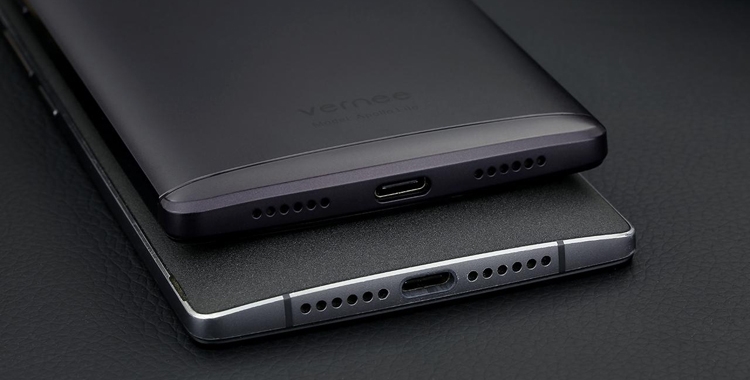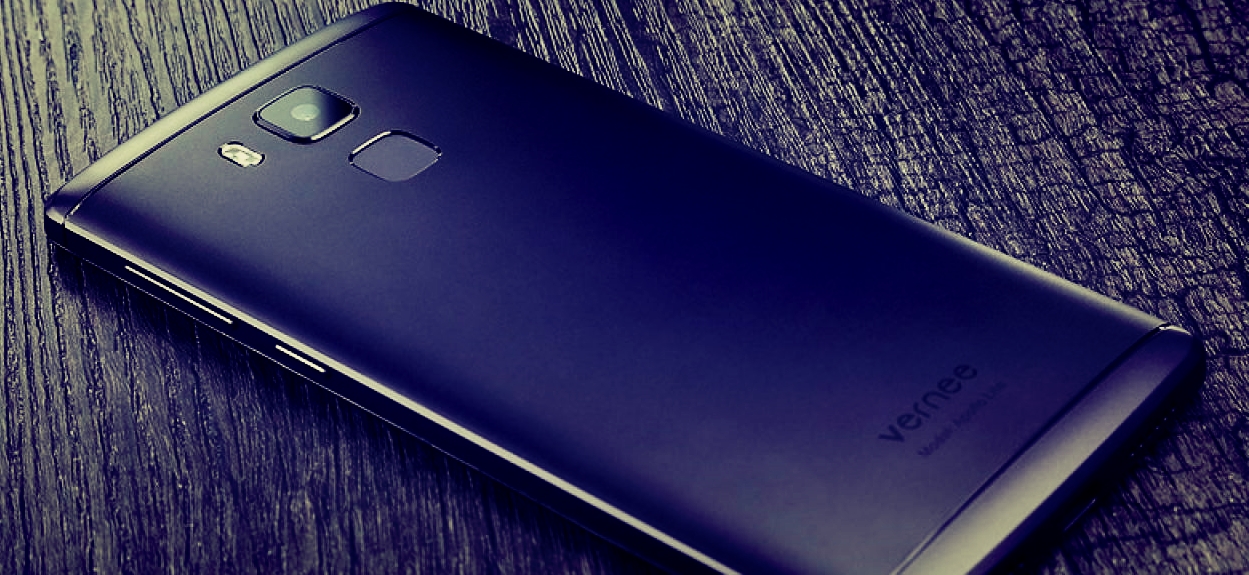Analysis of the Vernee Apollo Lite, one of the mobiles that promises the best value for money. Boast performance, display and battery, will it be worth it?
A portent to discover
The battle to develop the mobile with better value for money has a new contender. The Vernee Apollo Lite is configured as one of the most powerful Chinese smartphones of 2016, an alternative to xiaomi Mi5 very interesting if you are looking for vertigo specifications at a very low price.
What is Vernee? The Chinese startup born in February 2016 has launched in just six months three different models, reflecting the muscle of a company with extensive experience in the manufacture of white label devices. Of course, launching a smartphone with its own brand is something very different because in addition to engineering many other aspects come into play.
Today we have in front of the analysis of the Vernee Apollo Lite, a very powerful smartphone on paper that surprises by its good value for money. Throughout this exam we will try to find out if this is a real alternative to high-end mobiles and whether it offers advantages over direct competition.

Vernee is a young company with a very ambitious team that dreams of becoming the next Chinese fashion brand, with permission from Xiaomi or Meizu. To do this it has its own factory in Shenzhen and a team of more than 150 people, with a hundred engineers that reflects the brand’s commitment to R&D.
Metallic design to show off
The dimensions of the Vernee Apollo Lite make it clear to us that, despite its label, we are looking at a great smartphone in every way. We are talking about a 5.5-inch device that will seduce the most demanding audience that usually plays multimedia contents and run video games of last generation.
We are talking about a unibody smartphone made of a zinc and titanium alloy as explained by Vernee, which underlines the high strength of the device even though we do not have official certification against shocks or falls.
In the hand the Apollo Lite is shown with a fairly compact and robust mobile, which reinforces this message that we are looking at a very resistant smartphone. However, to be fair can be somewhat bulky and heavy for some users because of its 175 grams of weight and – above all – because of its 9.2 millimetres thick.
The terminal boasts a 2.5D curvature screen at the edges, protected with Corning Gorilla Glass 3 from small bumps and falls. At the top we have the front camera, the speaker for the calls and the LED notifier, which in practice is too small.
At the bottom we have a somewhat bulky frame that is not at all taken advantage of since we do not have training buttons but are embedded in the screen.
We have frames around the screen but fortunately they go unnoticed, especially when compared to other mobiles of the same price range.
The metal frame is soft and pleasant, something that according to the manufacturer is possible thanks to the 3D polishing and anodizing technique to which each terminal is subjected. The prints are not easily marked on the back, in which we find the fingerprint reader and the main camera, although it is somewhat slippery.
On the right side we find the button to control the volume and the lock/off button with quite poor plastic finishes, which greatly reduces the premium feel of the terminal. On the other side we have two slots to insert either two SIM cards or a SIM and a microSD.
We finished the review of the design of the Vernee Apollo Lite with the edges. On the top we find the minijack connector for the headphones and at the bottom the USB type-C port next to the main speaker output, which unfortunately is not stereo.
An important screen

The screen is one of the fundamental elements when it comes to choosing a mobile, even more if we opt for a large format smartphone like the Vernee Apollo Lite with its 5.5 inches.
In this case we are talking about a somewhat peculiar IPS panel since it has IGZO technology from the SHARP that we will surely talk about in the nearest future since the Japanese one is in the development of 4K screens for mobile phones.
Vernee ensures that the Apollo Lite’s display covers a color gamut close to 95% NTSC and reaches a maximum brightness of 450 nits with high contrast (1000:1), with an average density of 401 pixels per inch.
What do all these numbers translate into? The screen of the Apollo Lite is quite recommended to play all kinds of multimedia contents, with quite realistic and vibrant colors. The touch panel response is remarkable, although it is true that the feeling is not as high as in other terminals that we have analyzed.
The brightness is sufficient in most situations, although we will suffer if we use the smartphone outdoors under the direct influx of the sun’s rays. Nothing to object to viewing angles, well above other terminals of the same price range.
Remarkable performance
The hardware is on paper one of the strengths of the Vernee Apollo Lite, which hides a powerful ten-core MediaTek Helio X20 processor made of 20 nanometers that is configured as an alternative to Qualcomm’s Snapdragon 820 that is mounted by most high-end Android mobiles and Huawei’s Kirin 950.
The architecture of this SoC is divided into three groups of processors, each designed to manage different types of tasks to increase the efficiency of the terminal, thus improving the actual autonomy of the Apollo Lite.
On the other hand, this smartphone has 4 GB of RAM (LPDDR3) to manage the most complex apps and multitasking with maximum fluidity. We also have 32 GB of internal storage expandable up to 128 GB additional through a microSD memory card.
Numbers apart, in this analysis of the Vernee Apollo Lite we have found that the performance of the terminal is very good. It responds perfectly when it comes to running high-performance tasks and is smooth in all kinds of scenarios, including demanding video games, which will satisfy all kinds of users.
Apollo Lite benchmarks place the terminal within the most premium mid-range, which is certainly good news in view of its price. However, before bragging in front of your friends you have to keep in mind that it stays a couple of steps below what the Samsung S7 Edge or Note7 offer, the latest Apple iPhone or Huawei P9, for example.

Another difference from the high end has to do with temperature: the Apollo Lite suffers overheating in various situations, mainly when we put it to work at full performance and especially when we plug in the charger.
Finally we are talking about the fingerprint reader on the back, whose performance is correct but again we are neither – by far – to the fastest nor the most accurate we have seen this year. Either way it’s a very interesting extra for its price.
Clean software but to be polished
Software is often a problem in Chinese smartphones because of its complex layers of customization that often arrive without translating to Spain, with multiple failures and without hope of future updates.

